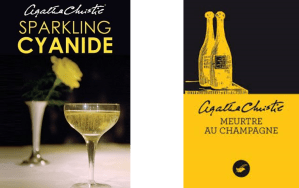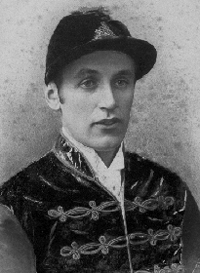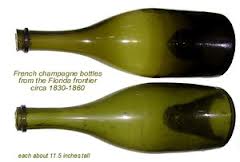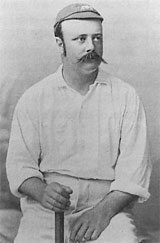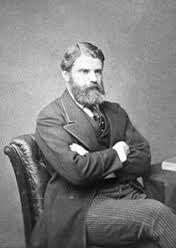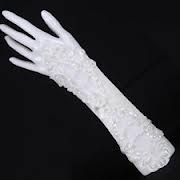I had the fortune (or misfortune) to read today a ranking candidate for the world’s worst play. Published in 1895 it has sat, pages uncut, in Oxford’s Bodleian Library for over 120 years.
I read it because champagne plays a minor but nonetheless vital role.
Ernest England is an aspiring artist given to utterances on the lines of ‘hail rosy clouds, hail cerulean sky’. Money is of no object to him since ‘a gold-lined purse will never cleanse the heart / Nor build a true heroic full-souled man’. He is, however, entranced by Carlotta Durand, the daughter of a general who has written off Ernest as a fop and a sop. Despite her father’s objections, Carlotta falls for his line of pure-souled rhetoric and agrees to marry him.
Unfortunately, Ernest’s sole commercial commission as an artist is to create a back cloth for a music hall show. Viewing his work, he is spotted by Olga Pearl (‘a depraved brandy-swilling beast’ and ‘shameless courtesan’) who inveigles him into drinking many bottles of the best brands of champagne. In her defence she says that lemonade gives her indigestion and that ‘I detest inferior champagne’. She follows up the champagne with brandy chasers and the scene ends with Ernest leaving with her… to where we are not told.
But not before Ernest has delivered his analysis of wine: ‘It suddenly dawned on me that wines naturally gravitate into two divisions – literary divisions perhaps I should say. Your clarets, ports, burgundies, and sherries discover a sober equivalent in prose – plain unadorned prose; on the other hand you have in champagne the precise equivalent of poesy. Nature’s own ambrosial dew, an elixir fit to assuage the thirst of the immortals’.
Unfortunately shame (and a clearly dreadful hangover) haunt him so much that he enlists under the assumed name of Private Hope to fight in India, leaving Carlotta so bereft that she too heads off to work in a medical mission under the name of Sister Hilda.
Fate, of course takes a hand and ‘Corporal Hope’ (he has been promoted for his bravery and his ingenuity in making his own bullets from a lead roof to resist the Indian mutineers) and Sister Hilda meet again in the medical mission where he, temporarily blinded, is recuperating with head injuries and a broken arm. Happily this has not stopped him from writing an affecting farewell letter in the blood of his dead comrade (his ink bottle has been shattered by another bullet).
Ernest and Carlotta marry … they have an artistic son … he dies … she dies … he is paralysed. The play ends with a touching scene in which he – described unfortunately to modern ears as ‘completely paralytic’ – strokes the gravestone of his mother (I’d forgotten to mention she too had died unhappily).
You probably won’t get the chance to read it for yourself – but if you do don’t pass up the opportunity…. For what it’s worth contemporary reviewers were no less damning than this modern reader. Said the Clarion’s book reviewer of Mr Parker’s A Soul Laid Bare: ‘the most turgid colloquial prose [admixed] with ‘flights of furious grandiloquence’. No sober prose here but the very essence of ambrosial dew.

